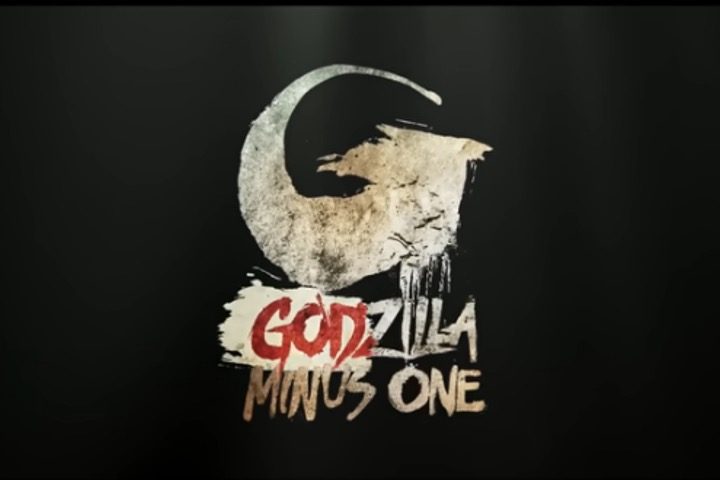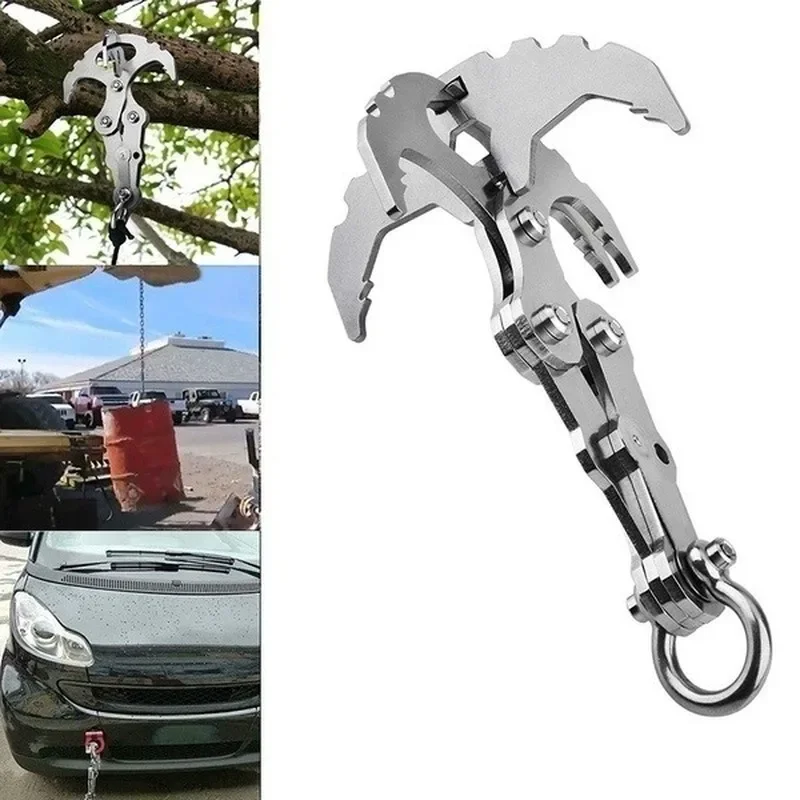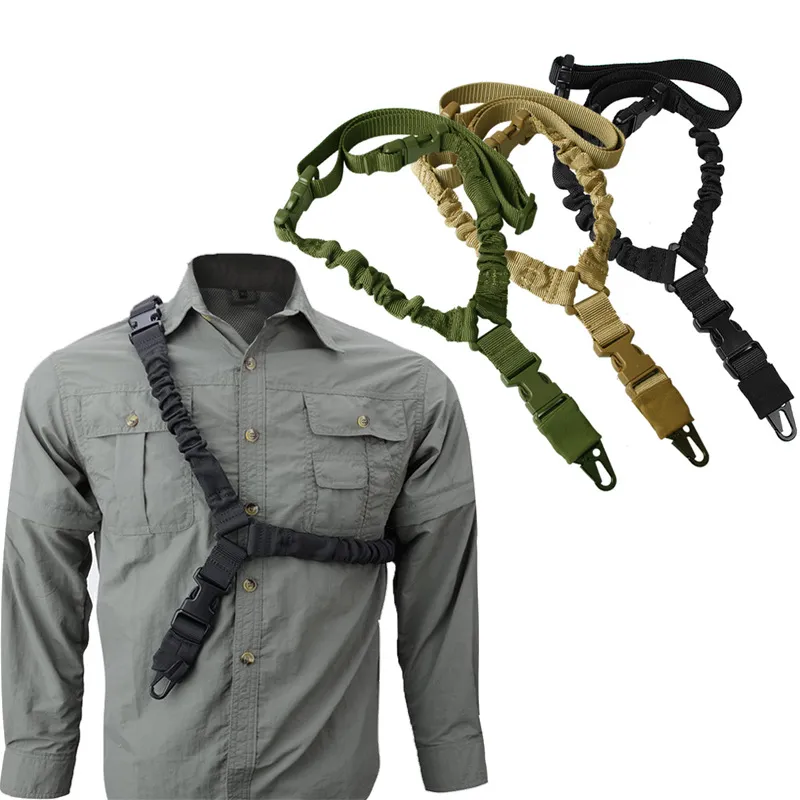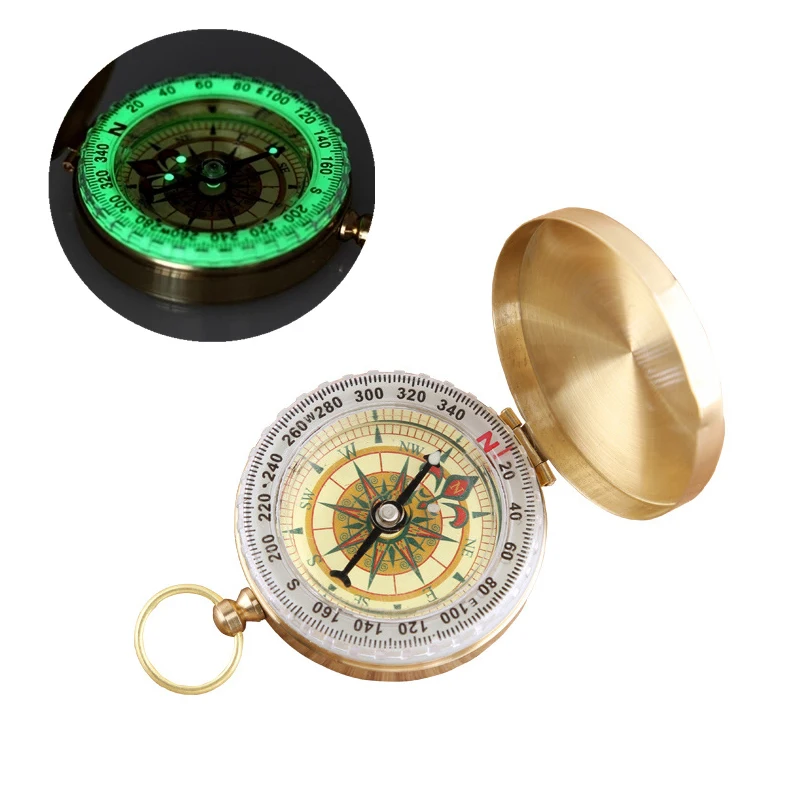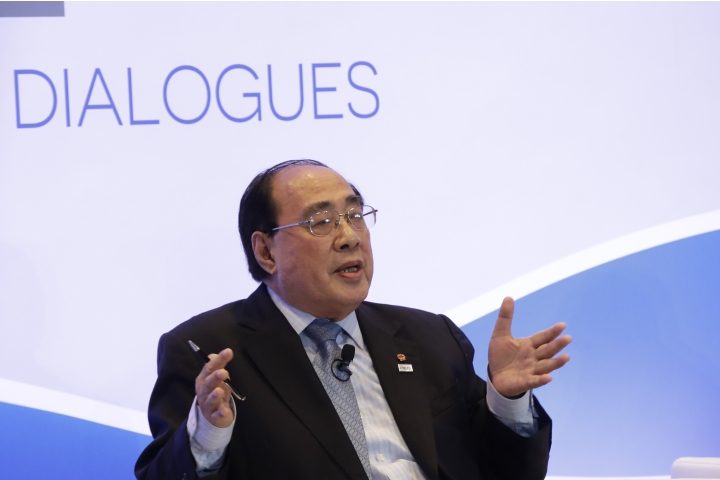
Godzilla Minus One has exponentially exceeded expectations since it debuted in the U.S. earlier this month, on December 1. The movie debuted at number three in the U.S. domestic box office, surpassed only by Renaissance: A Film by Beyoncé and The Hunger Games: The Ballad of Songbirds & Snakes. By Monday, December 4, the film had garnered a record-breaking $11 million, which is the highest ever for a live-action Japanese film in North America. That same day, the film rose to number one in the U.S. box office, a first for a non-English live-action film in almost two decades, and on Wednesday the film made another $1.36 million in the overall North American market, lifting its cumulative gross income to $15.7 million. This is an impressive feat given that it only cost Toho Co., Ltd. $15 million to produce.
Directed and written by Takashi Yamazaki, Godzilla Minus One is the 37th film in the Godzilla franchise, and the 33rd made by Toho. It’s also the first live-action Japanese Godzilla film since the release of Shin Godzilla in 2016. However, don’t let this intimidate you from watching the film if you haven’t seen a Godzilla movie before. The film is a reboot, ignoring the continuity of all previous Godzilla films. No prior knowledge of the previous films is needed to understand or enjoy the film, although it does contain various Easter egg references to prior films. In fact, the entire film pays homage to the Godzilla franchise, with 2024 marking the 70th anniversary of the release of the first Godzilla film.
Whereas Godzilla (1954) was a contemporary movie, set in the time it was filmed (just nine years after the war), Godzilla Minus One is a period piece, set at the tail end of World War II. This is another first for a Godzilla film, taking place in the past rather than the time the movie is filmed. In fact, the time period plays into the very name of the film: At the end of World War II Japan was set to “zero,” and the attack that Godzilla brings to the mainland only sets the country back further, into the negatives, hence the title “Minus One.”
Partial Plot (With Minor to Medium Spoilers)
The film opens with a Japanese Zero fighter flying toward Odo Island, a fictional, small, populated island near Japan. (G-fans — Godzilla fans — should recognize Odo Island as the location where the creature Godzilla first appears in the 1954 film.) The Zero fighter lands on the island, at a small aircraft repair depot for kamikaze pilots. The plane is piloted by the film’s human protagonist, Koichi Shikishima (played by actor Ryunosuke Kamiki). Repair crews on the island find nothing wrong with the plane. Shikishima is afraid to give his life. At this point, his sacrifice would have no bearing on the outcome of the war.
Shikishima spends the night on the island, before having to leave the next day to carry out his futile mission. However, his aircraft will never leave the island. That night dead fish are seen floating along the shore, an impending sign that something bad is coming. Shikishima is asleep when he his awakened by a large, orange blast. The small garrison of mechanics and aircraft technicians is in a panic, suspecting an enemy (U.S.) raid. But this isn’t a raid, nor is it a new American weapon, as one technician speculates. When the shore is illuminated, a dinosaur-like creature is seen approaching the repair depot. One technician says that the locals who reside on Odo Island call the creature “Godzilla,” (ゴジラ Gojira). While the creature is both menacing and tall (perhaps about 12 to 24 feet when it first emerges), it’s nowhere near the traditional gargantuan height that it will grow to later in the film.
The technicians and mechanics take cover with rifles in a trench covered by large tent. Shikishima joins them. As the only gunner on the island, Shikishima is ordered by the leading technician to run to his aircraft and use its 13mm gun to shot the monster, believing that a 13mm gun can kill anything.
Shikishima runs to his plane, as Godzilla rampages towards the covering. Once in the canopy, Shikishima places his hands on the plane’s cannon to target the creature, but he freezes and is unable to get himself to fire the weapon. As a result, Godzilla isn’t deterred. Panicking, the armed technicians open fire with their rifles, but to no avail. Godzilla uses his mouth to lift up the technicians by their heads and whip their bodies across the beach. He stomps on some like bugs, and uses his tail to knock others into the air and across the depot. Shikishima runs out of his aircraft just before Godzilla destroys it, and the resulting explosion knocks out Shikishima. Early next morning he wakes up to a row of dead bodies. The bodies are being dragged into a row by the only surviving technician, Sosaku Tachibana (played by Munetaka Aoki), who is now limping and furious at Shikishima for not opening fire on the monster. Tachibana blames Shikishima for the deaths, and walks away understandably enraged.
On a crowded troop transport headed back to Japan, Tachibana limps over other Japanese servicemen and hands Shikishima a small envelope without saying a word, then limps back to sit away from him. Shikishima briefly looks at the contents (we don’t see what they are yet) before quickly stuffing them in his jacket uniform pocket. In the next scene, Shikishima returns to his “home” in Tokyo, or rather what’s left of it.
While unsuccessfully searching for his parents in the ruins of what was once his home, a female neighbor, Sumiko Ota (played by Sakura Ando), approaches him. She is surprised to see that he is alive, knowing that he was a kamikaze pilot. In anger, she blames him for Japan’s defeat, the destruction of their homes, and the loss of her children. Shikishima asks Sumiko if she knows where his parents are. To his dismay, she informs him that the entire area was engulfed in flames and that his parents were lost in the firebombing, along with her own children. After constructing a shanty home from the debris and remains of his parent’s former house, Shikishima goes inside his new dwelling and pulls out the envelope from his pocket. He opens it. It contains the personal photos of the families belonging to the technicians and mechanics who were killed by Godzilla on Odo Island. Throughout the film, these photos serve as a reminder of the men who died because Shikishima failed to act when he had the chance.
The next day, Shikishima is seen eating a bowl of porridge or rice gruel when he hears men shouting to stop a running woman, who’s accused of being a thief. Shikishima turns around and stops the young woman in her tracks. She hands him a baby girl swaddled in blankets before scurrying away as a group of men pursue her. Time passes, and Shikishima waits with the baby, which he can’t leave behind in the open market area. After some time, when he finally leaves the area, the woman jumps from behind a wooden fence — it’s the same young woman. We learn that the baby’s name is Akiko, and the woman is named Noriko (played by Minami Hamabe). Noriko also lost her parents in the firebombings. Akiko has been orphaned and, although not related to her, Noriko is trying to take care of her. With baby Akiko in her arms, Noriko follows Shikishima back to his home, where he feeds them a meal before she falls asleep on his floor. They then live together, as a family, despite not being married. But unlike in films from Hollywood, which is seemingly incapable of producing a blockbuster film without lewdness, sexual activity, and other profanities, we never see the two sleep together or even kiss, despite the two developing feelings for each other as the film progresses.
By 1946, Shikishima has found employment in a well-paying, government-approved job. The job pays well because it entails a certain amount of risk — it is to help locate and detonate the numerous naval mines laid during the war by both the Imperial Japanese and U.S. navies. When Shikishima tells Noriko about the job, she becomes upset and cries, fearing he will die. She even forbids him to die. He tells her that they need money, especially to buy American powdered milk for Akiko, and assures Noriko that this job is safer than being, say, a kamikaze pilot. He also comforts her with the fact that there’s no guarantee he will die by doing this job.
Most dangerous are the American magnetic mines, which attach themselves to the metal hull of ships and explode on contact. To safely remove the mines from Japanese waters, two wooden boats are sent out, each mounted with a machine gun intended to detonate the mines from a safe distance after a rope equipped with a blade is used to cut the mines free from their moorings. Once the mines rise to the surface of the water, the mounted machine guns are used to shoot them, causing them to explode. Shikishima is assigned to a small boat crewed by a former Imperial seaman, Yoji Akitsu (played by Kuranosuke Sasaki); a teenage boy, Tadayuki Saito (played by Yûya Endô); and an older scientist, Kenji Noda “Mr. Noda” (played by Hidetaka Yoshioka). Mr. Noda is a very intelligent, sweet, and likable character, whom moviegoers are sure to enjoy. The men become friends and eventually key players in hatching the plot to take down Godzilla when he reemerges later in the film.
Following a U.S. nuclear testing at Bikini Atoll in 1947, a large sea creature (Godzilla) begins to be tracked by the U.S. Navy throughout the Pacific as it heads towards Japan. With the U.S. preoccupied by the threat of the Soviet Union, Japan is left to contend with the mysterious sea creature that has already destroyed an American naval warship.
Shikishima and his companions find the wreckage of a destroyed U.S. naval ship afloat. The other men speculate what could have done this — a giant shark, a whale, some kind of new Soviet weapon? Mr. Noda rules out all of those possible explanations, determining that the destruction must have been caused by some kind of giant creature. This triggers Shikishima to have another recurring nightmare of Godzilla killing the technicians on Odo Island. Noriko comforts him that night, deepening their bond and care for each other.
On another boat outing to locate and destroy mines, Mr. Noda informs the men that they are all actually part of the Japanese government’s classified program to stop the sea creature before it gets to Japan, and that they have to “make do” with their single mounted machine gun and the naval mines they are now to recover rather than detonate. Mr. Noda tells them that their main job is not to destroy the creature, but rather to stall for time. The Imperial Japanese Navy heavy cruiser Takao, which was surrendered to British forces in Saipan in 1945, has been transferred back to Japan for its defense against the creature.
As the boat crew waits, they hear a bubbling sound coming from the starboard. Mr. Noda and Shikishima look and see dead fish floating along the side of their boat. Shikishima tells Noda and the others that this is what happened the night before a creature that the locals of Odo Island called “Godzilla” first emerged and destroyed the repair depot and most of the technicians back in 1945. Godzilla then emerges from beneath the second wooden boat, quickly destroying it. The monster is now gargantuan, presumably made so by the nuclear testing at Bikini Atoll.
While this is where the action of the film begins to unfold, we won’t give away what happens next. A lot does happen from here onward in the film, but you’ll just have to go out and see it for yourself — which, if you have not already done so, you should definitely do.
Overall Thoughts and Impression
The acting in the film is excellent. The actors play their roles in a believable manner that won’t leave you cringing (as when watching some of the older installments from the franchise). Not only are the human characters believable, but one can’t help but become invested in them, especially when it comes to the leading protagonists, Shikishima and Noriko, and the baby girl Akiko that they raise together. Unlike most Godzilla movies, especially the unwatchable, terrible, American-made ones, in Godzilla Minus One you find yourself actually caring about the human characters and what happens to them specifically. The cinematography is impressive, especially given a $15 million budget, which is meager by Hollywood standards. But nothing about the film — including the script, acting, CGI and VFX, cinematography, sound editing, and scoring — is meager. It’s as though the filmmakers made every dollar they spent work like $100.
Viewers can’t help but feel immersed in the setting, as though they are right there in postwar Japan. Godzilla Minus One actually delivers where so many past iterations of Godzilla have fallen short, especially the absolutely ridiculous and over-the-top “MonsterVerse” continuity of Hollywood/American-made Godzilla films produced by Legendary Pictures. Toho’s Godzilla Minus One is a masterpiece in every regard, and without question the number-one action drama movie of the year. According to IMDb, Godzilla Minus One has even surpassed Christopher Nolan’s Oppenheimer as the highest-rated blockbuster of the year. It is destined to be not only a favorite for generations of G-fans, but rated as the definitive, number-one Godzilla film ever made, surpassing even the monumental original Godzilla (1954) and the 2016 Japanese reboot Shin Godzilla.
Godzilla in Godzilla Minus One proudly stands upright at approximately 50.1 meters (about 164 feet) tall. His new design and appearance in the film are both menacing, as in Shin Godzilla, but also easily recognizable, as in the classic Japanese Godzilla of past Toho films. The head design is reminiscent of the designs from the fan-favorite 1990s Heisei-era Godzilla Japanese films and the 1954 original classic. Godzilla’s large dorsal plates and scales are reminiscent of the 2000s Millennium-era Godzilla Japanese films. The monster’s large thighs and bottom half are similar in appearance to that of Legendary’s American Godzilla design. And Godzilla’s atomic heat ray is reminiscent of Toho’s Shin Godzilla (2016); and Godzilla, Mothra and King Ghidorah: Giant Monsters All-Out Attack (2001); and Legendary’s Godzilla: King of the Monsters (2019). When Godzilla emerges in Tokyo Bay and wreaks havoc in the Ginza district of Tokyo, the classic Akira Ifukube Godzilla score comes at just the right moment for a most enjoyable and quintessential Godzilla attack scene. The same score and more classic Akira Ifukube Godzilla music is used for the film’s final faceoff with the monster, pulling audiences into the excitement.
On the downside, there is some language to take note of, especially if you take children to watch (and read the English subtitles of) the film. The foul language is restricted to the words “damn” and “damn it” mostly towards the beginning of the film. And even these uses are not heavy. There are no f-bombs in the film, and God’s name is never taken in vain, so that’s a huge plus, which can’t be said of most theatrical releases. There is no lewdness, nudity, sex, or depiction of drug use in the film. It is also refreshing to not see any immoral LGBTQ content in the film or to be reminded of the character’s obvious genders. You won’t find that nonsense in the film. To be a bit nitpicky, there are some CGI-rendered 1940s-era Japanese tanks that do look a little fake, like out of a video game CGI animation. And at times when Godzilla roars, his body movement may be a bit too much in the CGI realm, but certainly nothing like the over-the-top jumping and running you find Godzilla doing in the current slate of Legendary American-made Godzilla films. For the most part Godzilla looks great throughout Godzilla Minus One. Overall, it’s a film that you can take your kids to see, so long as they have the patience to read through the English subtitles, as the film is in Japanese. There is only one, very brief scene in which English is spoken, presumably by a radio announcer, about U.S. naval observations and tracking of Godzilla in the Pacific Ocean.
Regarding the message of the film, it is also a commentary about the importance and value of life, which was regarded cheaply by the Imperial Japanese wartime government. The Imperial government routinely put Japanese servicemen in inadequately armored tanks, built fighter planes without ejection seats, and sent both Imperial warships and whole divisions of Imperial Army troops into battles they stood zero chance of winning. Godzilla Minus One exemplifies the value of fighting to live for your country, rather than simply dying for one’s country. In the movie, the postwar Japanese government is also incapable of protecting its people, so it falls to the private citizens of Japan to defend their homeland. In order to achieve this, they are guided by a combination of Mr. Noda’s scientific ingenuity and Shikishima’s courage to confront both the monster attacking Tokyo and the one within. It’s a movie of individual growth — overcoming one’s past in order to live again.
If you have never seen a Godzilla movie before, watch Godzilla Minus One. If you have seen some cringy past installments that cause you to understandably not take Godzilla films seriously, watch Godzilla Minus One. And if you have already seen every previous Godzilla film made, then one need not tell you to do what you have by now likely already done … watch Godzilla Minus One. (You probably will again anyway, especially given that Toho has extended the film’s limited release in the United States).
Whatever you personally think about previous Godzilla films, this is the one to see. And this is the one by which all future Godzilla and kaiju (giant monster) films will be measured. Film director and writer Takashi Yamazaki has made his mark on the world stage as someone to closely follow going forward. And Toho Co., Ltd. is no longer a movie studio to be overlooked. We hope that you enjoy watching Godzilla Minus One as much as this reviewer most certainly did.











































